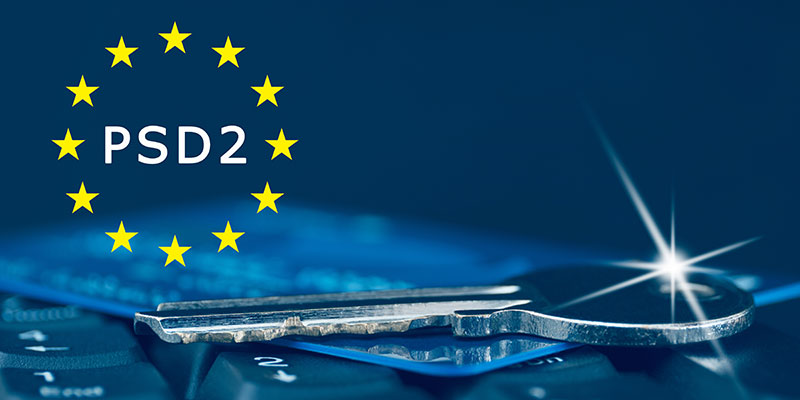The internet is the world’s biggest store and you don’t even have to leave home to set foot in it. You can find pretty much have everything you need and better still you can have it all delivered to your door at the push of a button or two.
However, the problem is that online shopping has become too easy, and as a result, has become fertile ground for fraudsters.
Punching your payment details into a merchants website may be something you do without giving it a second thought, but unfortunately, and with a sense of inevitability, the rise in online purchasing has also resulted in a significant rise in online fraud too.
In an attempt to combat the rising wave of fraudulent activity, the European Commission introduced a range of laws and legislation known as the Payment Service Directive (PSD). The first wave of PSD legislation was rolled out between 2001 and 2007. Now the second part (known as PSD2 which was agreed by the European Union back in 2015) will come into effect on the 14th September 2019.
All PSD legislation covers payments which take place in the European Economic Area, so isn’t necessarily confined to EU member states and requires payment service providers and merchants to ensure stronger authentication for online transactions.
These include purchases, payment for services and credit transfers. PSD2 will require what’s known as strong customer authentication in order to build an extra layer of security for those performing online transactions.
There are three main forms of customer authentication which can be broken down as follows:
- Something you know – This is a username, password or PIN
- Something you have – A physical debit or credit card which has the card number, expiry date and CCV code on the back.
- Something you are – This can be a fingerprint or face recognition.
PSD2 regulations will require two out of these three methods of authentication to be used for each online transaction.
This new legislation will therefore mean significant change for customers, payment service providers and merchants.
For a quick and easy guide to PSD2 check out this video:
https://www.youtube.com/watch?v=9kfHMUL2SUI
For further reading about the implications PSD2 will have for businesses, have a look at this guide produced by Barclaycard:
https://www.barclaycard.co.uk/business/news-and-insights/strong-customer-authentication-sca


